Review of the best reports from the conference "Around the Cloud"
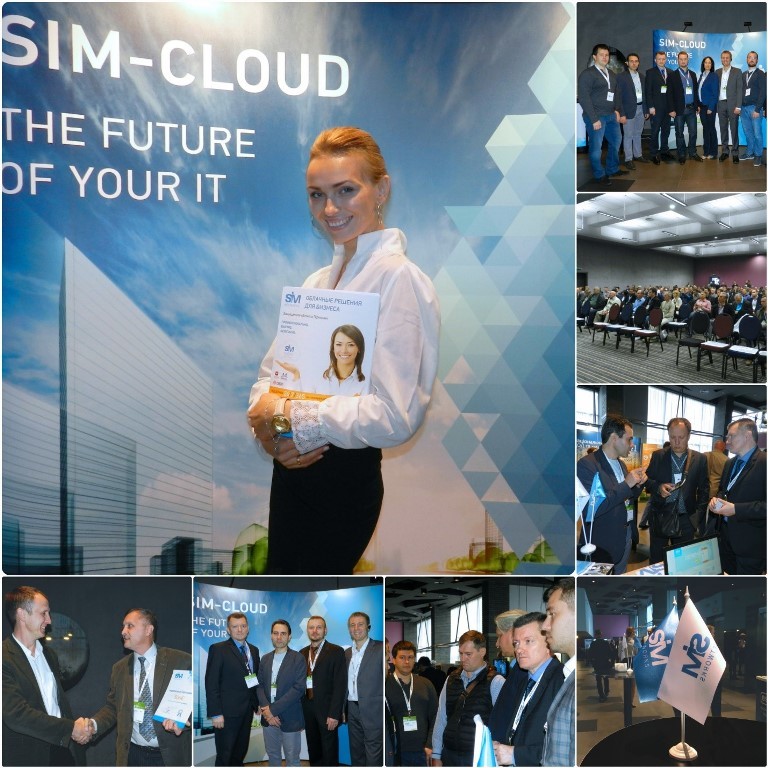
Good afternoon, everyone, on September 20th, there was a conference “Around the Cloud,” where IT employees, customers, integrators, cloud user companies gathered to talk about the clouds, in a word, those who work with cloud technologies in one way or another. A separate conference flow was connected with industrial automation, in which IT specialists from the industrial sector participated. They shared their experience in implementing IT solutions about the standards used in large-scale industrial production (for example, steel industry). A Nokia representative was noted among the conference participants, with his report on the Software Defined Network decision. Clients of cloud solutions did not stand aside, many actively shared their experience in using clouds. Great review of the event under the cut.

CEO of SIM Networks welcomes conference participants
')
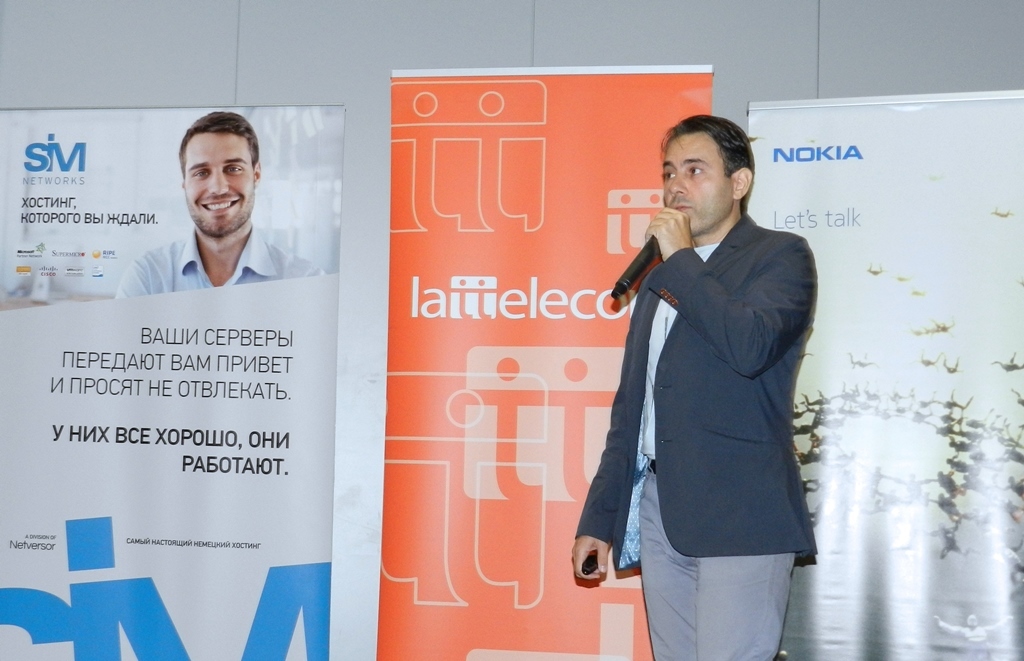
The head of the SIM-Networks project department, Miroslav Migovich, spoke about what is interesting for clients who are actively “going to the clouds”. Miroslav shared recommendations that will help not to be disappointed and take full advantage of all the advantages of cloud services, briefly some of the theses of the report:
• Worry about data security, transfer and store data in encrypted form. Your data is the most valuable thing you have. You yourself must be concerned about their safety. This seems trivial, but many clients do not do this, we suggest, initially it is necessary not to miss this question.
• Organize optimal algorithms for archiving data, disks and VMs as a whole. It is always necessary to provide for the correct archiving of data. In the cloud, it is convenient to archive not only data, workstations, but also entire virtual machines. At the same time, you can use for this not only local storage facilities that are located in the same cloud, but also remote sites - which will make your infrastructure not only fault-tolerant, but also disaster-proof, with minimal costs.
• Free migration. Very often the company has the need to transfer data. It is more profitable to choose providers offering free data transfer. It is not necessary to pay for each movement, it is enough to analyze the market and find the best solutions for you. Free data transfer can save you significant funds during migration.
• A few words about tariffs. Unfortunately, there are still providers of hard-limiting traffic. Obvious advice, look for those providers that offer unlimited traffic and the ability to select channels with the necessary bandwidth ...
• Internal network bandwidth. Bandwidth inside the cloud - this item is very important from a technological point of view. This is a scrupulous moment, many suppliers are reluctant to talk about this topic. They do not want to reveal the structure of their network. But if you look at the essence of the issue, then it depends on how much quality service you buy from your provider. It depends a lot on the speed inside the cloud. How are the nodes connected? At what speeds? What protocols? Services of many enterprises may well work on 1 gigabit, but you need to consider that most providers use 10G, and only the most advanced build their clouds on 40G, or InfiniBand 56G. It is recommended to look for such providers in order to obtain advanced infrastructure in the cloud at no additional cost.
• The second difficult moment - the core. We all know that rented and virtual cores in the cloud can be very different - there are different generations of processors, different frequencies of buses, different memory speeds. Feel free to ask questions to providers - what kernels do they offer you, you should know what you pay for.
• Many large companies are faced with the need to plan the migration process from their existing infrastructure to the cloud. A few words about the migration process. If we roughly divide providers, that is, the part that offer their services "as they are" - take what we have, use it, but how - we do not care. But it is better to look for that provider who will be not just a seller, but will be your partner and consultant you can rely on, and he will not leave you alone with his questions, in situations when you need help.
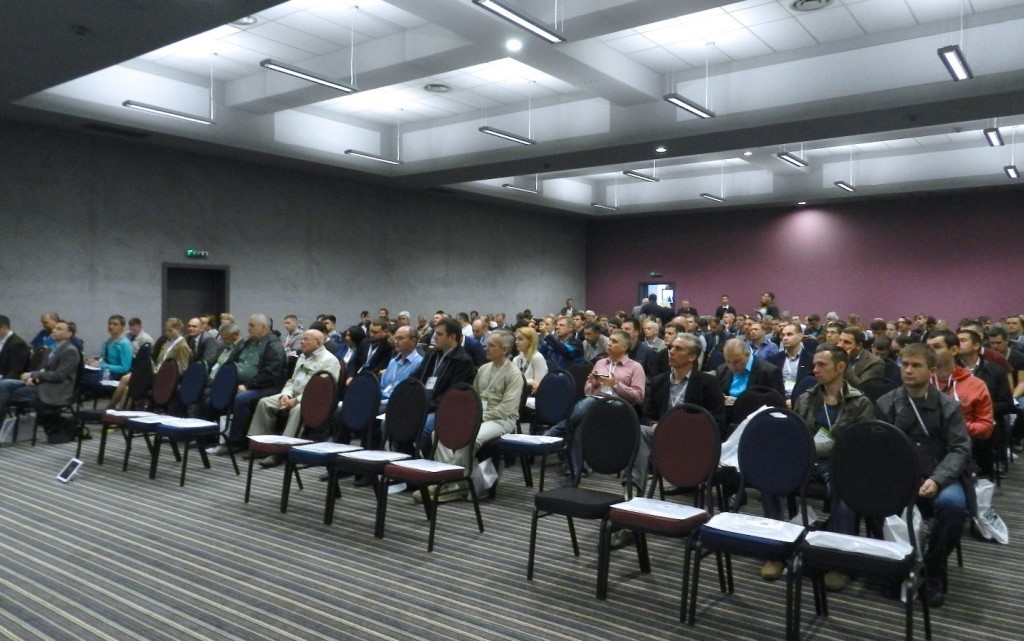
Cloud technology is very interesting IT audience flow "Around the cloud" - a full hall! During one of the presentations, the speaker’s laptop began to automatically connect to the virtual machine :) - IT automation, Christmas trees! :)
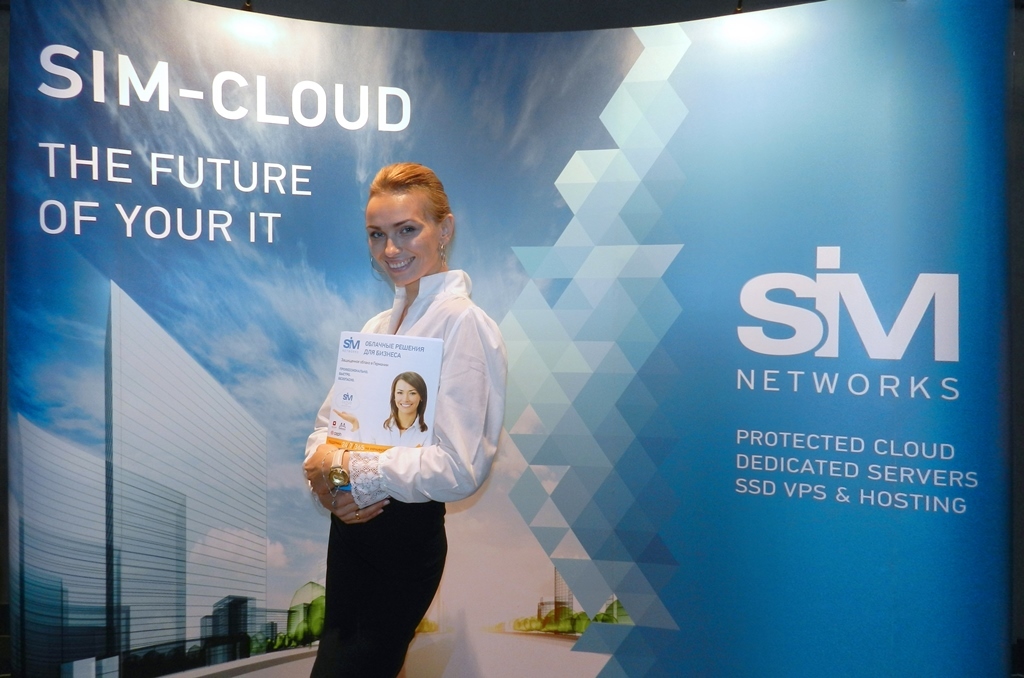
The representative of the customer, a large reseller (MBT / KBT) spoke about his experience of moving to the clouds. And, moreover, the move was to European data centers, despite the fact that there are also own data centers in Ukraine. He told about how he set up reactive and proactive monitoring of his infrastructure, since different types of monitoring have their advantages and disadvantages. For the miscalculation of what and how it works / will work / what will be needed in the future - provides a combination of two types of monitoring. Also interesting was the approach with motivation, what we are talking about: they have a designated administrative engineer who monitors the efficiency of using cloud and other IT resources, and now if he calculates inefficient use of resources, he gets a percentage from the savings, and considering the volume the use of cloud resources of such a large company - probably the bonus turns out to be quite good :)
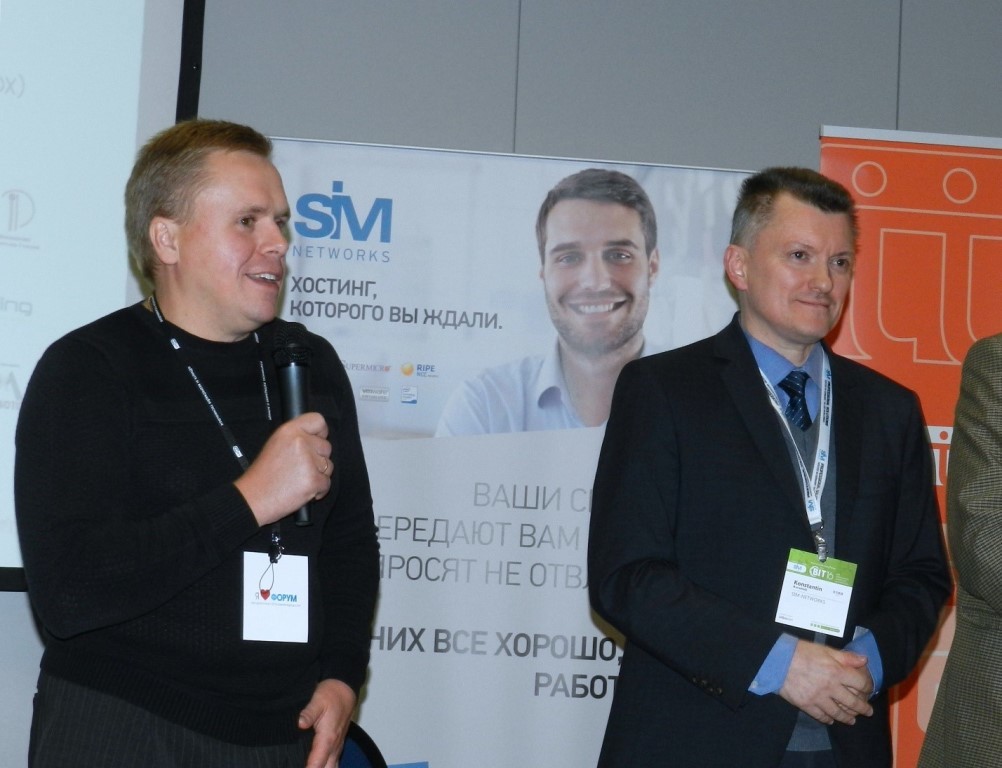
There was an integrator who shared his experience in providing fault tolerance in data centers and in customer clouds. We all know that 90% of all fakaps are a human factor, and here we are defending ourselves from earthquakes and floods :) (although this is also necessary). He told that if you take the entire IT structure of an enterprise, critical systems should be no more than 25%, and if the customer says “everything is critical for me” - as you often hear, probably, you will be willing to pay for it in 10 times more for fault tolerance "total". If he is not ready, let him still single out what is more important from his business processes, as a rule, it concerns money - there is no money, there is no life in the company, therefore, when all business processes are considered from this point of view, everything falls into place and the customer does not "rush" to protect "in general, everything." Of course, whether we like it or not, we still have to live with some risks, we do not live in a sterile world, but in this case there must always be a risk-plan, which the clients and their IT specialists do not always think about.

They talked about the fact that now, and not only in IT, more and more services are being outsourced. Since even the smallest service or service requires a lot of debugging time and continuous improvement, and this requires a lot of effort and constant attention. Therefore, even in IT, and in particular in the clouds, it is possible to have a model in which different IT services are collected as a pool of services from different contractors when there is no link to one contractor / supplier (hardware, so to speak). Cloud technologies still cannot get rid of such aura (for some potential customers), as something “special-elite”, but gradually this aura diminishes when (below there are examples) even an average enterprise goes to the cloud evolutionarily, gradually changing their attitude (and approach, respectively) to cloud solutions.

There was also an interesting case in which the customer was UEFA. They, of course, are very interested in: broadcast transmission and data integrity (100% SLA, so to speak). During the year, the integrator transferred servers, part to physical, part to virtual servers, in different data centers that back up each other. In Kiev, there is a center for organizing lines for broadcasting matches (spare - 7 lines at 7 telecom operators!).
An interesting point: there were many representatives of different providers, and as for the question of the monitoring system for clients, so that the client could see what and how they are spent in the data center, and so, some of the providers use their systems as a service, and some provide it along with its cloud.
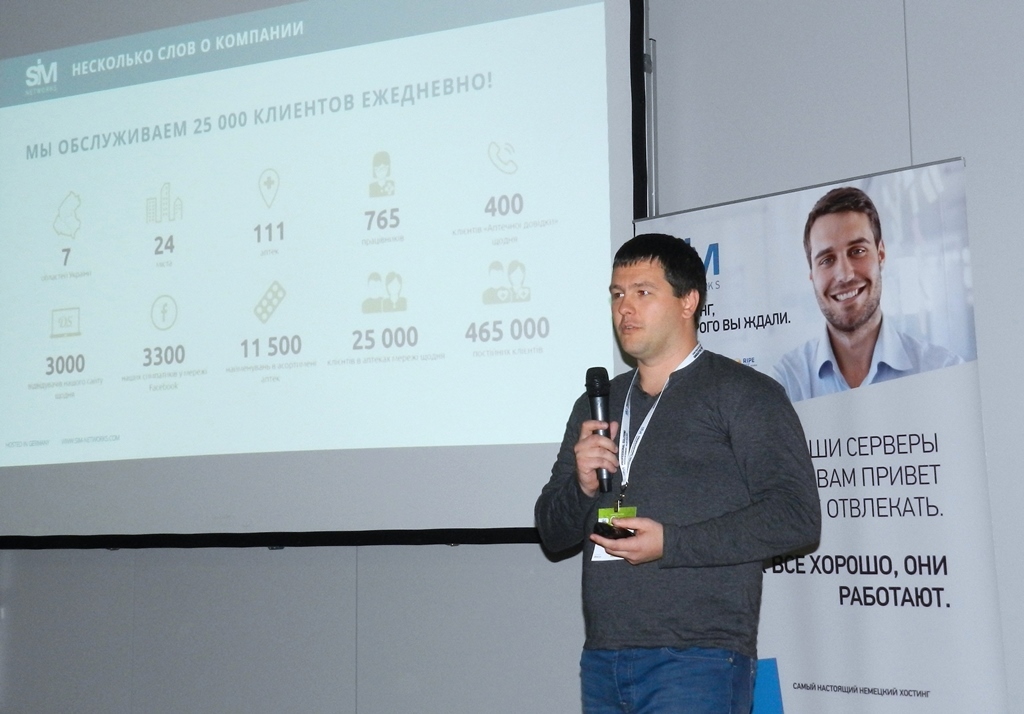
“Success story” from a client of SIM-NETWORKS company, Andrey Semenyuk, IT-director, DS pharmacy chain (Market Universal LTD, Ukraine). Our client shared a story about how he tried to be hosted by domestic hosts, what problems he encountered, how his entire database was “accidentally” removed during the transfer, and that it’s important not WHERE but from whom it is necessary to rent power. service provider. This case - an example of the fact that good marketing - does not guarantee good service - this will be a detailed review in our blog.

There was an interesting report from a Nokia representative who talked about Nokia’s solution for implementing the Software Defined Network. Often the IT infrastructure is fragmented, and is a fusion of different technologies, clouds, hybrid clouds, different providers, connections, network nodes. and it is necessary to quickly and flexibly adjust this structure. The speaker presented a Nokia solution, which is installed as a software add-on for full monitoring of the IT structure of any enterprise. This solution allows you to bring together all parts of the IT enterprise and dynamically manage it, thus the static structure of the enterprise becomes dynamic. In particular, we can talk about the fact that, for example, the company's branch is located there, and it has a set of options (local providers, the equipment that they have), and this solution allows you to calculate and compare all possible options based on what is already there and predict what you may need: which data center to choose? What to consider when introducing something so that you can then move to another contractor? How to build a channel? And many other questions to IT when expanding the company. According to the speaker, this solution significantly reduces the use of time and human resources when calculating and designing everything related to corporate IT infrastructure. There is a purely software version of the solution, physical (1 box), and it is possible to rent this equipment.
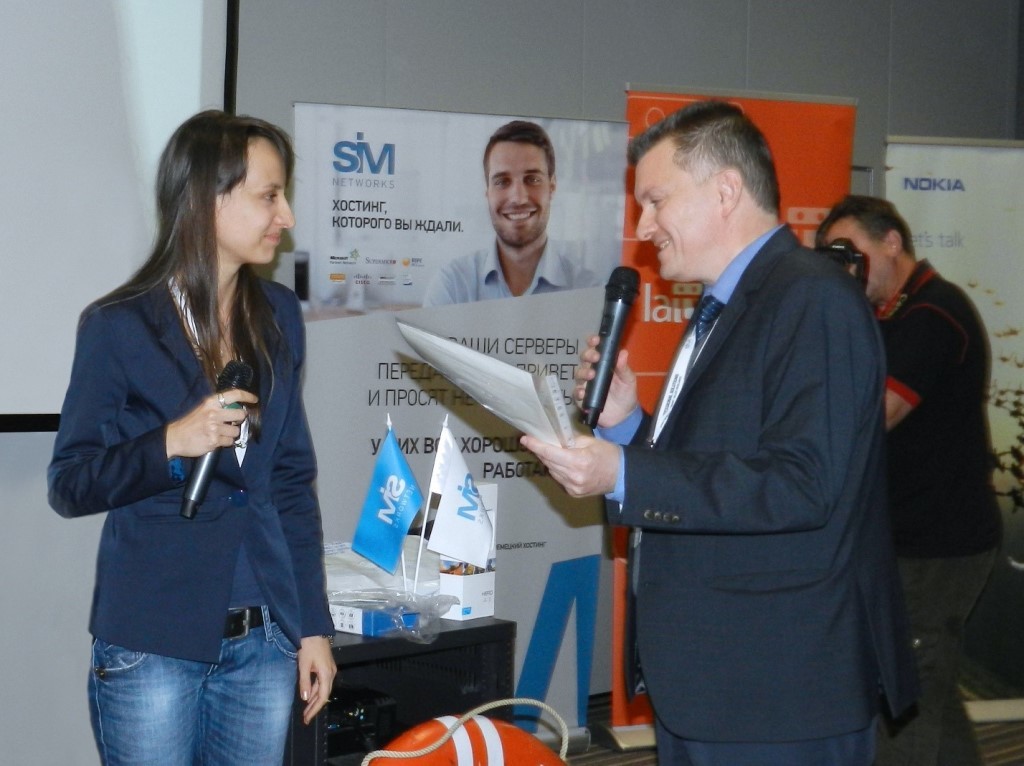
There was a report on automation in the cloud of a law firm. First, the speaker spoke about the structure and business processes in the company. As one of the partners, he was faced with the task of making a remote office, reducing the response time to legal requests, and making backup of all documents. A very important point is that when preparing a legal document, a whole bunch of copies / versions of the document are collected, and everyone delivers a furious torment to figure out where the correct version is (but all copies and edits should be kept). A partially cloudy, partially physical (VDS rental for backup documents) was introduced in the data center, as a result of which - the physical office was disbanded (overhead costs decreased), due to the fact that the lawyers had free time (there was no need to sit out office) - but lawyers began to respond to inquiries day and night, which is important, since it is legal. the company operates in different CIS countries, where there are different time zones. Plus - the establishment of electronic and "documentary" communication within the company, which significantly improved teamwork, and improved the legal services provided.
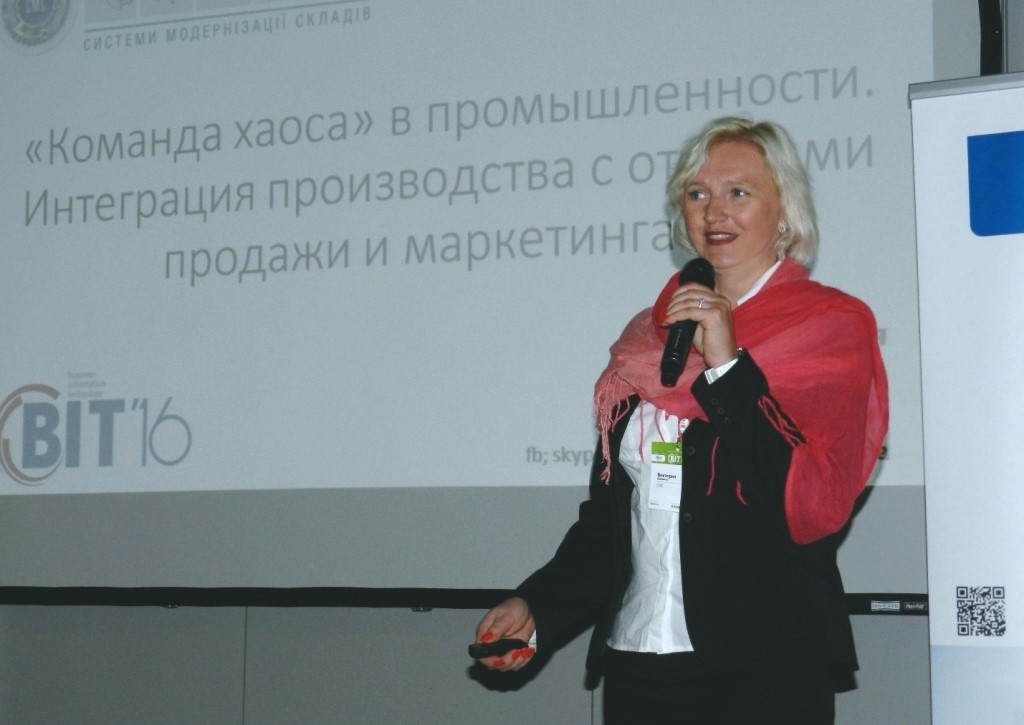
The second case from our client, the company, the manufacturer, although the company is small (200 people), products are quite specific - sorting lines for industry, for logistics companies, for warehouses, etc. There is production, several departments in place, several sales departments in other countries. Well, as it should be, the classics of the corporate communication genre: sales do not like marketing, marketing is vaguely understood in production processes, engineers do not like either of them :). This case is a good example of the fact that the point is not to use sophisticated, including cloud-based tools, but the matter is, firstly, in the competent design of all processes, and secondly, in accurate debugging of the system of interaction and document management of the enterprise, which is based on seemingly simple tools. The speaker (Executive Director - Victoria Vainike, who developed and implemented this solution, was the head of this project) said that you need to be liberal in the phase of removing all wishes from different departments, and to be authoritarian in the introduction phase - because no one likes the new , even if it is very good, and promises to make life easier.
As a result of this implementation, business communication and teamwork in the company, the decision-making system in terms of the electronic level have been significantly improved. The company has significantly improved communication inside and outside with its customers. And, most importantly, all of this was implemented as a test on free cloud solutions, the evolutionary development phase was over - debugging, making adjustments to the management of the entire structure, and only after it had taken root in the enterprise, was the decision to transfer the whole structure is already in a paid cloud. Thus, the whole project of cloud-based enterprise management was not stillborn, but grew from iteration to iteration, as a good software product. In a word, it’s not the tools or the “cloudy showers” that rule, but the right approach to designing and automating a company of any size.
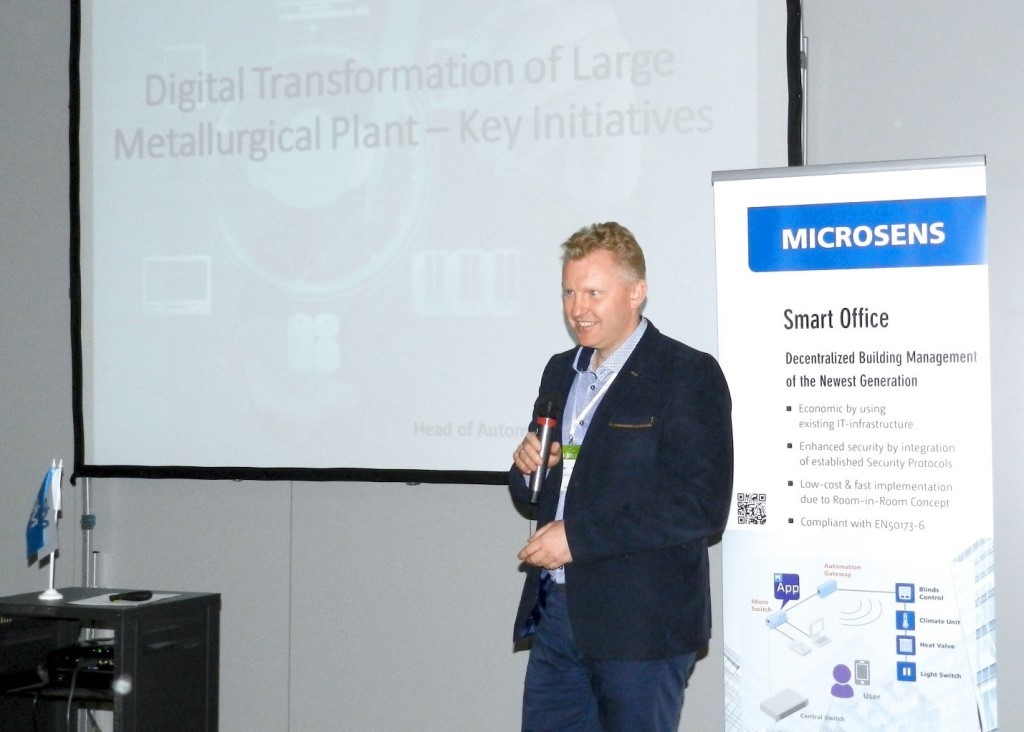
There was also a very interesting thread on this forum dedicated to the automation of industrial systems, where instrumentation and automation engineers voiced their requirements and standards to representatives of the IT industry.
For example, a representative from Krivorozhstal spoke about how they automated their industrial complex. Production was not easy before, but now it has become even more complicated, and can not work by the old, Soviet guests, now there are world standards for the automation of enterprises of this scale. And, most interestingly, they were faced with the fact that: a) none of the integrators / programmers could offer them anything in terms of automation; b) moreover, none of the vendors also could not offer the right solution. These automation standards are not one ( ISA95 , MIMOSA and many other standards), and the maximum that is offered is a ready-made solution, where “everything is yours” and works according to the standards that the vendor has chosen, and not those that are needed by the steel plant. And so, the engineers had to collect not solutions from different vendors, but in the literal sense, take individual functions and finish them up to the automation standards they need. He said that the automated process control system is mainly a diagnosis of production processes, and that's when a regular representative of the vendor came, and instead of diagnostics showed visualization - not realizing that engineers need not 100 types of diagrams, but a clear vision of all the "small things" of production .
They also talked about the fact that IT specialists, who develop solutions for the industry, are beginning to “reinvent the wheel” by developing their own standards for the enterprise, instead of focusing on what the customer really needs.
On the other hand, large IT companies, nevertheless, work for such customers (for Ford’s factories, for example), but their domestic industrial enterprises work “in the old manner” and are in no hurry to pull up their standards, which will allow more automation of production and order the same IT field to develop such systems.
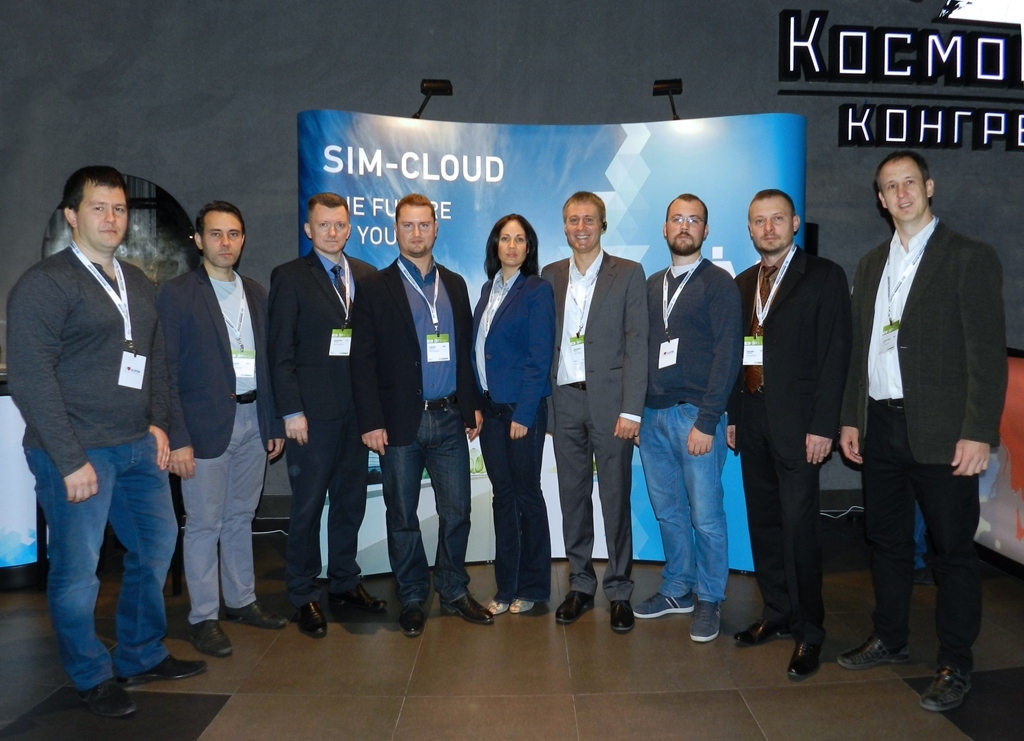
Our whole "gang" :)
The conversation of the session was in the context of industrial digitalization 4.0 - it is minimizing the presence of a person in the enterprise, communicating the machines among themselves. For example, there was a speaker who talked about industrial compressor systems, where the manufacturer came to the concept of not just selling equipment, but the option in which equipment is put to the customer (which is worth a little if you buy it), and he only pays for the compressed air he actually consumes. (as they said from the audience: you are lucky, you sell the air :) - on the scale of even an average factory, this approach is more than worthwhile. An example of combining a system of industrial compressors into a single cluster using cloud management, tracking and collecting statistics was also given.
In a word, the conference turned out to be very rich and useful for visiting, there were no “watery” reports and speakers, all the speakers spoke on the case and shared their experience in implementing cloud solutions and automation: from the workflow of a law firm to the steel industry, and discussed what challenges now lie ahead Enterprise IT sphere in Ukraine.
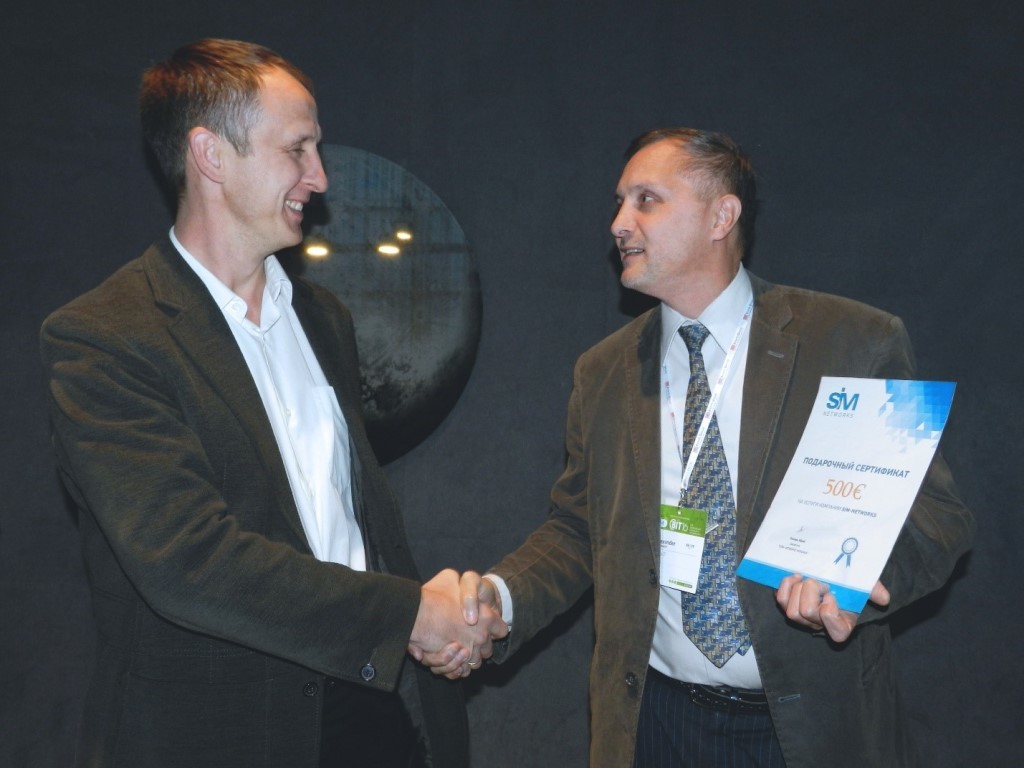
Already at the end of the conference, we, as a general partner, played out prizes: certificates for 100, 300 and 500 euros for our services. Interestingly, 500 euros - won the participant, whose company is engaged in web development, as they say - "hosting found a hero" :)

SIM-CLOUD - Fail-safe cloud in Germany
Dedicated servers in reliable data centers in Germany!
Any configuration, quick build and free installation
Source: https://habr.com/ru/post/310692/
All Articles